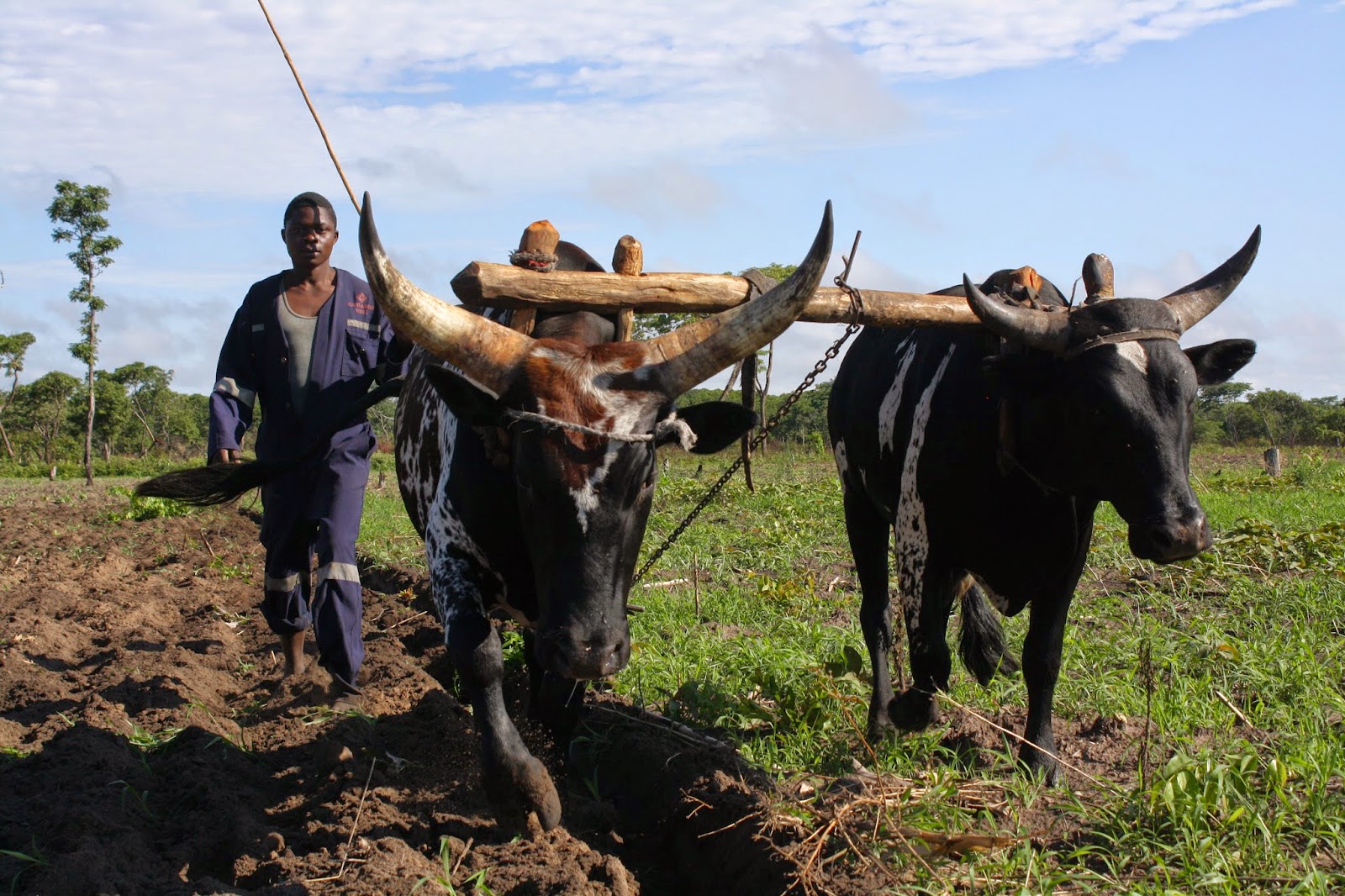It can be hard to know what makes
up American culture when living it everyday. Because of this, I’ve probably learned more about America,
Americans, and our oddities and uniqueness’s – for better or for worse – in the
past two years than I had in all the years previously leading up to my time in
Peace Corps.
However, I’ve maybe learned the
most about my own culture from listening to Zambians describing Americans to me,
not me seeing America from abroad.
According to Zambians – and I’ll
corroborate much of this – we cry easily, talk to all animals as if they’re
people, observe nature like it’s about to tell us some big secret, and do not -
under any circumstance - like people within our personal space. They make fun of us a bit for these
reasons, but often they respect us for our other traits: we’re brave in their
eyes; adventurous - sometimes irresponsibly so; prefer direct feedback and
communication to the Zambian round-about kind of way; and like our activities
to start and end on time – this is completely opposed to the greater African
way, where being an hour late often means you’re still an hour early.
It’s always an enjoyment to meet
a Zambian that absolutely “gets” Americans from our bizarre cultural norms to our
complexities in slang - these are typically lively, humorous talks.
For example, one Zambian told me,
“My only goal in life is to meet a redneck. They seem interesting.
Are there any rednecks in the Peace Corps?” I quickly pointed to my friend Jacob. He did not appreciate.
It says a lot about American
culture that so much of what makes us American has made it to Africa. From fast food chains like KFC and
Subway to television shows like reruns of LOST and Keeping Up With The
Kardashians - for good or bad, a lot of what makes us who we are is coming
here.
I’ve learned that American
culture is a lot of things:
American culture is generous
without question: year
in and year out, Americans
give, per capita, more than any other nation of people. Even if we only have little information
about what we are donating time or money to, we’re happy to help.
American culture is
exported. I
can walk into a grocery store here and there is Pepsi, Kellogg’s, Snickers, and
so much more. That’s just the tip
of the iceberg; we export clothing designs, electronics, and even some of our
four letter riddled phrases are found here (for worse). Essentially, we have so much culture
that we export it like we would steel, cars, or even lamps.
American culture is diverse in
that our country really is a melting pot of people and traditions. I’m of Dutch–Swiss background but my
favorite food is a burrito. The
Midwest and our friendliness is leaps and bounds different from the culture of
the Southwest and their cowboy boots, which is again different from that of the
Deep South’s drawl, and that’s vastly different from the hustle and bustle culture
of the Eastern Seaboard. Out of
this we have a country resulting in a unique cultural experience: one region is
hardly the same as another, yet each makes up an important part of our great
nation.
American culture is dynamic. Our culture changes quickly. It’s constantly evolving and
moving. What was popular when I
left America in early 2012 is now relegated to the pages of history. Remember Beanie Babies, WWJD bracelets,
and tribal tattoos? At one time
they were all popular, now it’s trendy to like Game of Thrones, using the word
“totes,” and there is an app for every aspect of our lives. What’s next?
With all that being said, American
culture is often misunderstood in places like this. Zambians, especially those in the rural communities believe
all Americans have guns, that Rambo and the Terminator are running freely with weapons
drawn throughout the countryside, and African Americans number in only the
hundreds. Obviously these three
are all completely wrong, but they only know by what they see – our television
shows and especially our action movies.
It’s important to take note of what we’re putting out to the rest of the
world, because that’s what’s being taken as us.
At times, the
two cultures couldn’t be further from each other, especially when someone takes
into account that Zambians don’t talk to their pets – it’s a member of your family,
right? Why ignore it? But, in other aspects they’re also very
similar and becoming more so by the day.
As our culture infiltrates this Central African country I’ll not be
seeing something out of the pages of a travel magazine, instead I’ll be seeing
a mirror image of Western culture – our culture; except, I’m hoping, without
the rednecks.



































